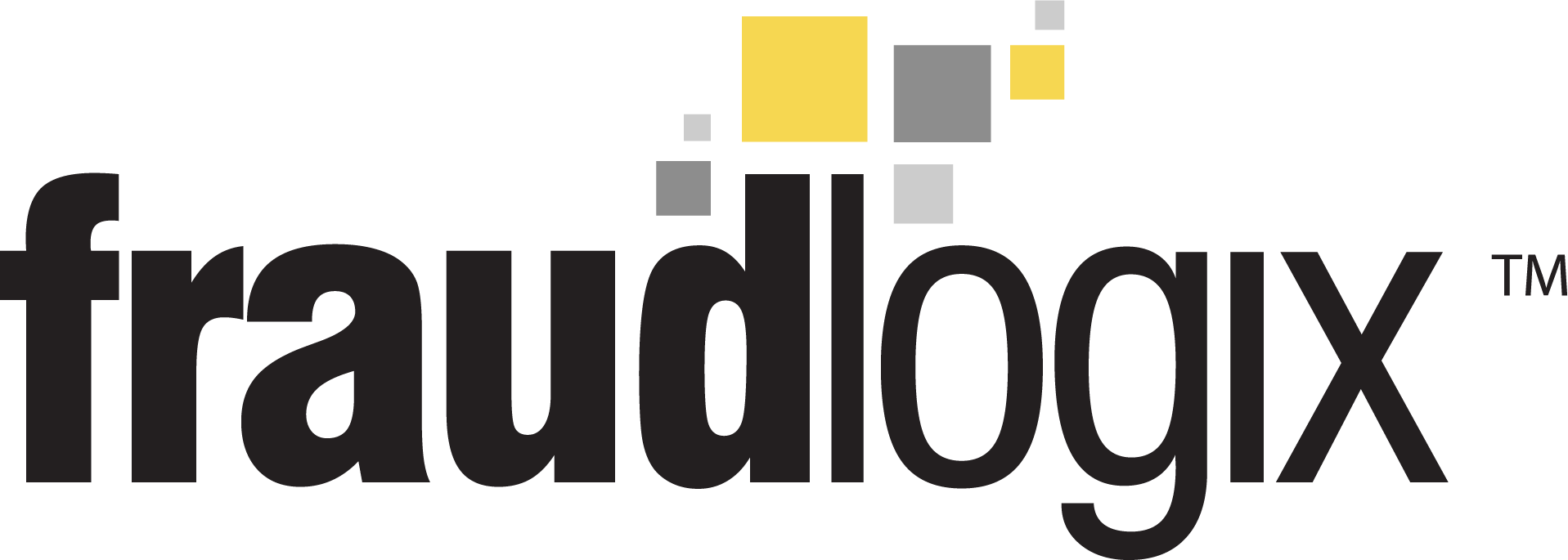Affiliate marketing is a powerful tool to expand reach and drive conversions. However, as with any marketing strategy, there are risks. One of the biggest risks in affiliate marketing is lead fraud. Fake leads negatively impact your business in ways that directly impact your bottom line:
- Wasted ad spend
- Poor lead quality
- Lower conversion rates
- Damage to brand reputation
- Data pollution
So how do you spot fake leads and stop them from hurting your affiliate marketing?
What is a fake lead?
A fake lead is any lead submitted that does not meet the agreed-upon criteria between the advertiser and the affiliate. Fake leads can be generated by affiliates looking to boost their commissions or by fraudsters looking to make a quick profit. This can be accomplished through three main types of illegal or unethical means.
Fake Lead Bots
Automated software programs or bots that mimic real people to fill out lead-capture forms or perform other conversion-related actions. These bots can enter fictitious details or, worse, enter people’s information without consent or enter recycled, old leads attained elsewhere.
Incentivized Signups
Deceitful affiliates will advertise misleading incentives to get a person to submit their information as a lead despite them having no interest in being a lead. Gifts and free trials are a common tactic used and generate worthless or low-quality leads.
Lead Reselling
This occurs when leads are sold multiple times to different buyers, making it difficult to identify the original source and rendering the lead worthless. Lead aggregators with poor data validation can also inadvertently resell duplicate leads.
4 Ways To Spot Fake Leads
Implement fraud detection tools
There are tools available to help detect and prevent lead fraud. By implementing these tools, you can proactively identify and prevent fraudulent leads before they impact your bottom line.
- Fraud detection software
- IP address validation
- Ad fraud detection tools
- IP risk scoring
Ideally, you’d want software that can do all of this in real time so you can still contact leads as fast as you need to.
Look For Unusual Patterns In Lead Behavior
Because fake leads are often generated through automated scripts, bots or other fraudulent means, they generate patterns that if identified, reveal the fraud.
- Many leads originating from one or a few IP addresses
- Leads submitted at specific intervals
- Similarity in leads submitted
- Surges in leads without surges in traffic
Monitor conversion rates & quality of leads
If your conversion rates suddenly drop, it could be a sign that your leads are fake. Fake leads often have low quality and do not result in meaningful engagement or conversions. By monitoring your conversion rates and analyzing the quality of leads, you can identify patterns that may indicate fraud or lead generation with lead fraud techniques.
Know the affiliate red flags
Compliance monitoring and clear policies can do a lot, but you should also avoid bad affiliates to begin with. Look out for red flags or warning signs that affiliates might be scammers:
- To-good-to-be-true offers
- Guarantees no other affiliate makes
- Poor reporting
- Poor communication or marketing
- Overly complicated payout structures
3 Ways To Stop Fake Leads
There are several strategies you can use to prevent lead gen fraud. Here are some tips to get you started:
Use Lead Fraud Prevention Tools
Beyond identifying fake leads, you can proactively stop them from impacting your marketing efforts. As part of a more robust lead fraud prevention plan, software platforms can provide you with tools to stop lead fraud.
- Real-time lead screening: As leads are submitted they are evaluated for signs of fraud or abnormalities.
- IP blocklists: Any leads from an IP address identified as a proxy or scam address are blocked from submitting leads.
- Device fingerprinting: A unique identifier is created for devices to monitor accounts being used or detect fraudulent activities.
Update Forms
Your lead form should be easy to fill out but also have safeguards against fake lead bots. Make sure your forms include things like:
- Enforce Data Formatting: Disallow forms with unformatted data from submission.
- Require Fields: Require key fields of information to be filled out.
- Use CAPTCHAs: Use CAPTCHAs to stop unsophisticated lead bots.
These simple form features will stop some of the more basic lead bot attacks on your site.
Set up Lead Verification Rules
Set up lead validation rules so that when a lead is submitted it’s automatically checked for quality. This creates a pool of disqualified leads that you can evaluate for patterns to identify a source or prevent further fake leads. Lead verification rules include:
- Duplicate detection
- Automated lead scoring
- Phone or email verification
- Automated lead workflows
These rules stop fake leads from getting to the sales team or marketing workflows and segment them out for evaluation and action.
Preventing Lead Fraud Is Ongoing
It should be noted that preventing and detecting lead fraud is an ongoing process, and it requires constant vigilance and attention to detail. It’s important to stay informed and implement the right tools and strategies to protect your business. Strive to work with reputable affiliates that you can vet and will abide by your affiliate lead rules.



